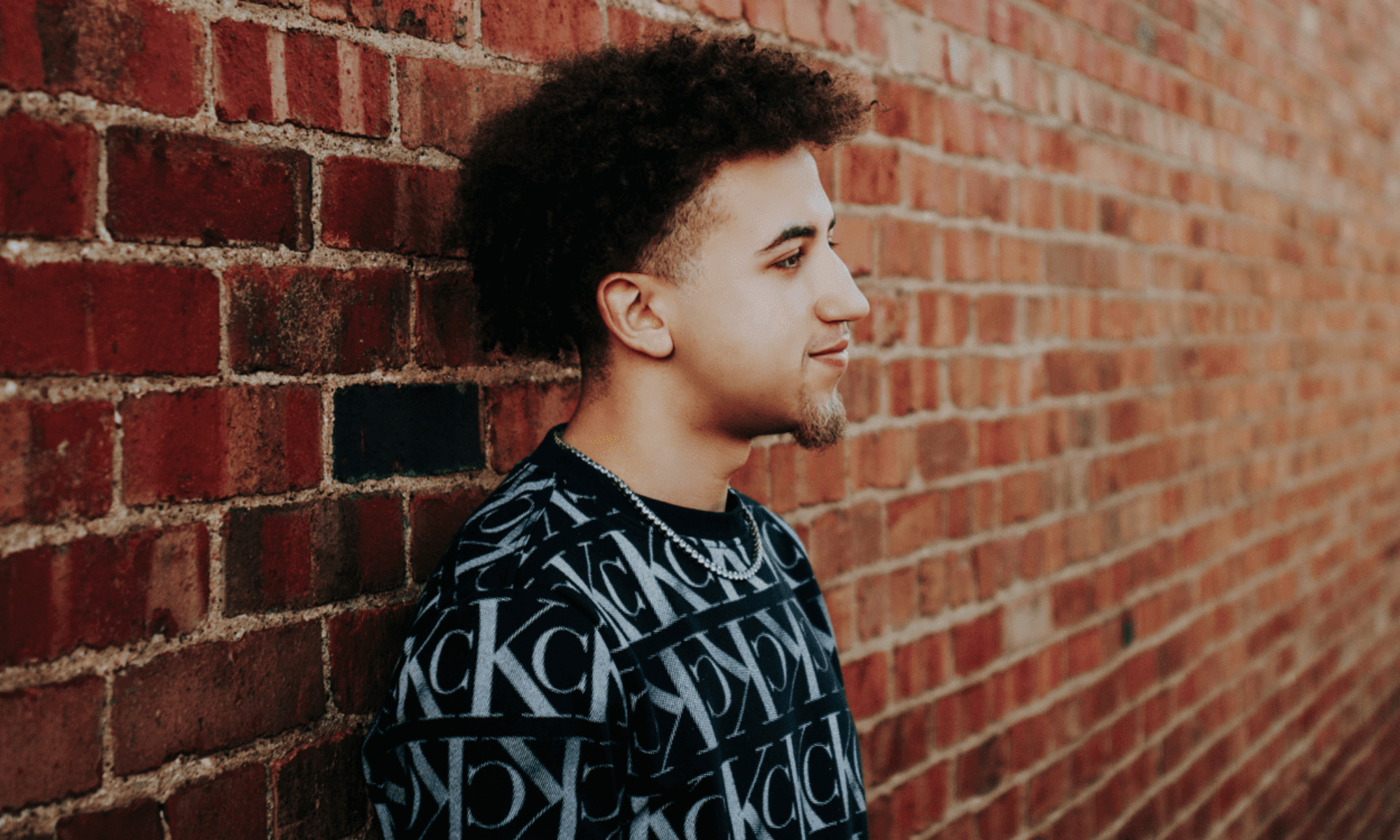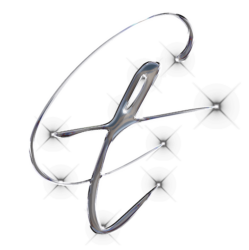Concussions: The Silent Threat
Exploring the Impact of Brain Injuries on Health, From Cognitive Challenges to Long-term Physical Consequences
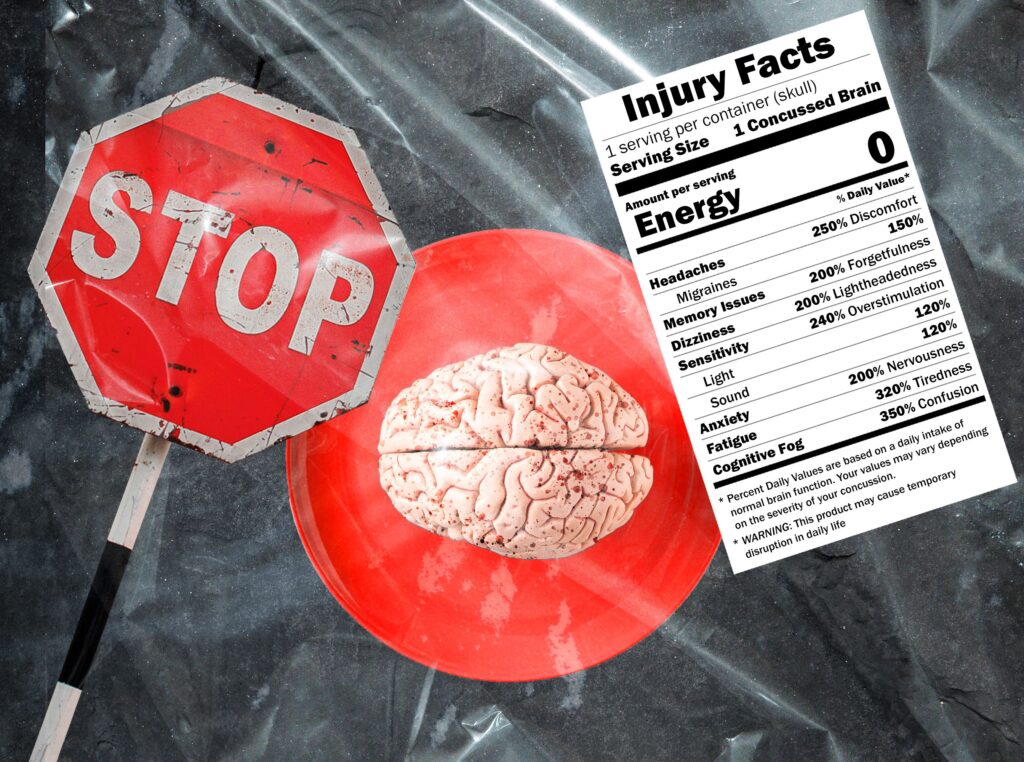

A concussion is a type of traumatic brain injury—or TBI—caused by a bump, blow, or jolt to the head or by a hit to the body that causes the head and brain to move rapidly back and forth, according to the CDC. Your brain has the consistency of gelatin. It’s cushioned by cerebrospinal fluid (CSF) inside your skull. The brain may twist or bounce as a result of the fast movement, causing chemical changes in the brain and occasionally stretching and harming brain cells.
Symptoms
According to the Mayo Clinic, the signs and symptoms of a concussion can be subtle and may not show up immediately. Symptoms can last for days, weeks or even longer (for me it was over two years).
Physical signs and symptoms may include:
- Headache
- Ringing in the ears
- Nausea
- Vomiting
- Fatigue or drowsiness
- Blurry vision
- Confusion or feeling as if in a fog
- Amnesia surrounding the traumatic event
- Dizziness or “seeing stars”
- Temporary loss of consciousness (though this doesn’t always occur)
- Slurred speech
- Forgetfulness, such as repeatedly asking the same question
My Fight Against The Invisible Injury
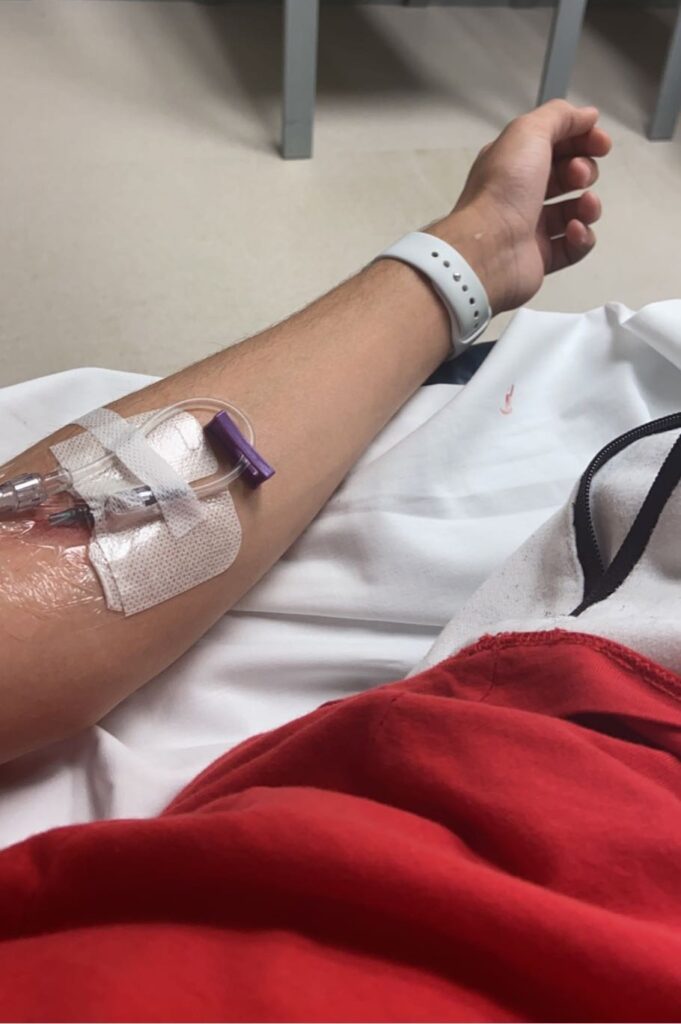
My life, which had been somewhat straightforward until then, was abruptly thrown into chaos in January 2020, when I suffered a traumatic brain injury from a basketball hitting me in the head. Suddenly, I found myself struggling to keep up with my peers, and everything seemed harder than ever before.
The symptoms that accompanied my injury persisted for over a year, and I lived in constant fear of the unknown. I was uncertain if I would ever recover or if my life would be forever changed by the injury. My world was consumed by hospital visits, countless doctor’s appointments, and grueling tests and scans. The pain and frustration seemed never-ending.
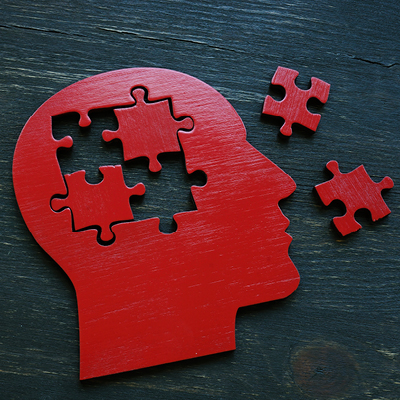
Just as I began to see a glimmer of hope, tragedy struck again. In May 2021, I suffered a second traumatic brain injury, also caused by a basketball to the head. The second injury posed an even greater risk of long-term brain damage and more significant setbacks. I was immediately thrown back into the chaotic world of doctors’ appointments and hospital visits, hoping and praying for a different outcome. However, things only seemed to get worse from there.
As I tried to continue my education, I struggled to focus on my studies. My mind was clouded by flashbacks of the traumatic events that had befallen me. PTSD became a regular part of my life, and it only added to the challenges I faced. Despite all of this, I refused to give up on my dreams. I made it my mission to beat the adversity I was facing, no matter how difficult it seemed.
Three years later, while the constant headaches may have subsided, I still experience “mental laspes”. For example, I will pour a bowl of cereal and then put the bowl into the fridge and take the milk to my room. While that might seem minor, things like this will stay with me for the rest of my life because of my head injuries.
"The pain and distress escalated to the point where I was becoming someone I didn't even recognize." - Erin Payne
